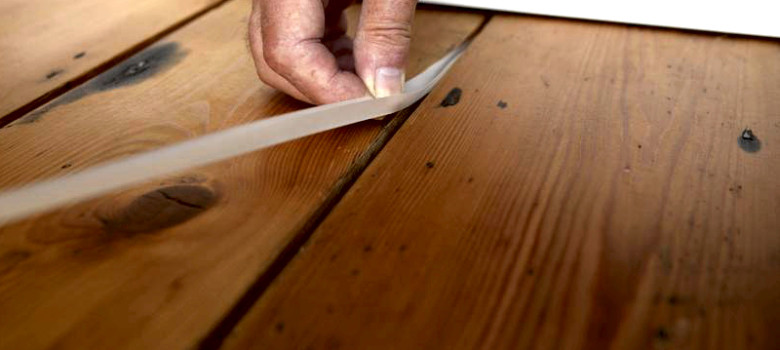
What type of floor do I have?
Most floors in the UK are either solid (concrete) or suspended (usually timber floorboards). Solid floors don’t really tend to have draught issues associated with them, but suspended timber floors are definitely worth tackling.
The first step is to identify which type of floor you have. You can find out by pulling up the corner of your carpet, or looking for air bricks on the outside of the property at the bottom of the walls – these will signify a suspended timber floor.
Where to look for draughts:
- In between floorboards
- Around skirting boards
How do I draught-proof floorboards?
The gaps in between stripped floorboards may add up to the size of a small window; therefore draught-proofing your floor is essential and can shed pounds from your energy bill, paying for itself in less than 12 months. With so many products on the market, it is important to select one that will provide you with the best outcome for your specific requirements.
The first thing to assess when considering whether to draught-proof your floorboards is what the required finish is. For example the methods used to draught-proof floorboards under a carpet are different to those used to draught-proof stripped floorboards. It should be noted that even though carpet will help with draught-proofing, it is not 100% effective, and additional measures can still help.
How do I draught-proof stripped floorboards?
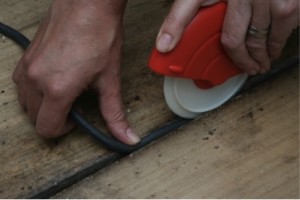 There are many products that fill the gaps between the floorboards, helping to prevent draughts. These come in the form of tube-like rolls (such as DraughtEx) that are easily pushed into the spaces between floorboards, assuming that the correct and accurate diameters have previously been taken into account. This is a quick, easy and relatively cheap way of draught-proofing your floorboards effectively. However, difficulties may arise if you have an older floor with uneven gaps between the floorboards that may require you to buy additional rolls of different sizes.
There are many products that fill the gaps between the floorboards, helping to prevent draughts. These come in the form of tube-like rolls (such as DraughtEx) that are easily pushed into the spaces between floorboards, assuming that the correct and accurate diameters have previously been taken into account. This is a quick, easy and relatively cheap way of draught-proofing your floorboards effectively. However, difficulties may arise if you have an older floor with uneven gaps between the floorboards that may require you to buy additional rolls of different sizes.
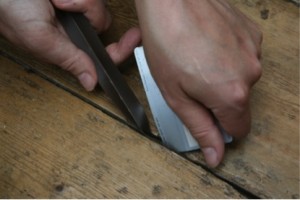
Alternatives to the tube-like rolls, which are pushed into floorboard gaps, are thin V-shaped, one-size-fits-all, plastic lengths that spring apart when pushed into place using a credit card. When in position, this innovative method is invisible and effectively stops draughts. The issue here is that if they pop out they could then potentially trip you up; make sure they are fitted as per the instructions to prevent this from happening.
How do I draught-proof floorboards under a carpet?
A carpet fitted over your floorboards helps reduce draughts; however there are further steps you can take if you are searching for optimal draught-proofing. If you are on a small budget, then the traditional technique of papier-mâché may be the best option. However, while this provides a cheap and effective solution and covers the potentially draughty gaps in between the floorboards, it does take a lot more time than shop-bought fixes. For a more efficient, but costlier method of draught proofing underneath your carpet, you can apply a gunned silicone sealant to the gaps between the floorboards provided the gaps aren’t enormous!
Using thicker underlay below the carpet is also an effective way to stop the draughts and insulate the floorboards.
The most effective way to stop draughts coming up through the floorboards is unfortunately also the most costly and time consuming. This involves lifting up the floorboards and applying insulation between the joists – details of how to do this can be found on our ffloor insulation pages.
How do I draught-proof the skirting board?
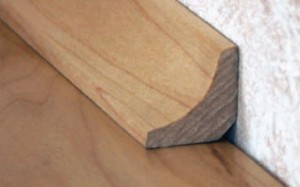
Even with successfully draught-proofed floorboards, you may still lose heat through the skirting board area. In order to maximise efficiency you can draught-proof this area using wooden beadings, which can be applied to skirting boards where they meet the floor. The wooden beadings come in a variety of shapes and they help bridge the gap that allows draughts.
Draught-proofing this area may also be achieved through silicone-based gunned sealants that can equally block the gap between the floor and the wall; again you may need to use a combination of both the wooden beadings and the sealant if the gaps between the floor and the skirting board are particularly large.




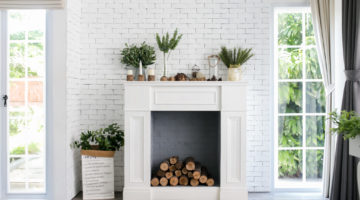
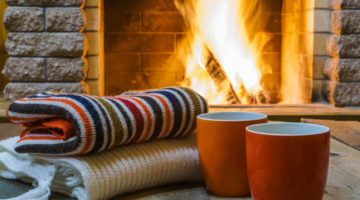






No Comments yet! Be the first one.